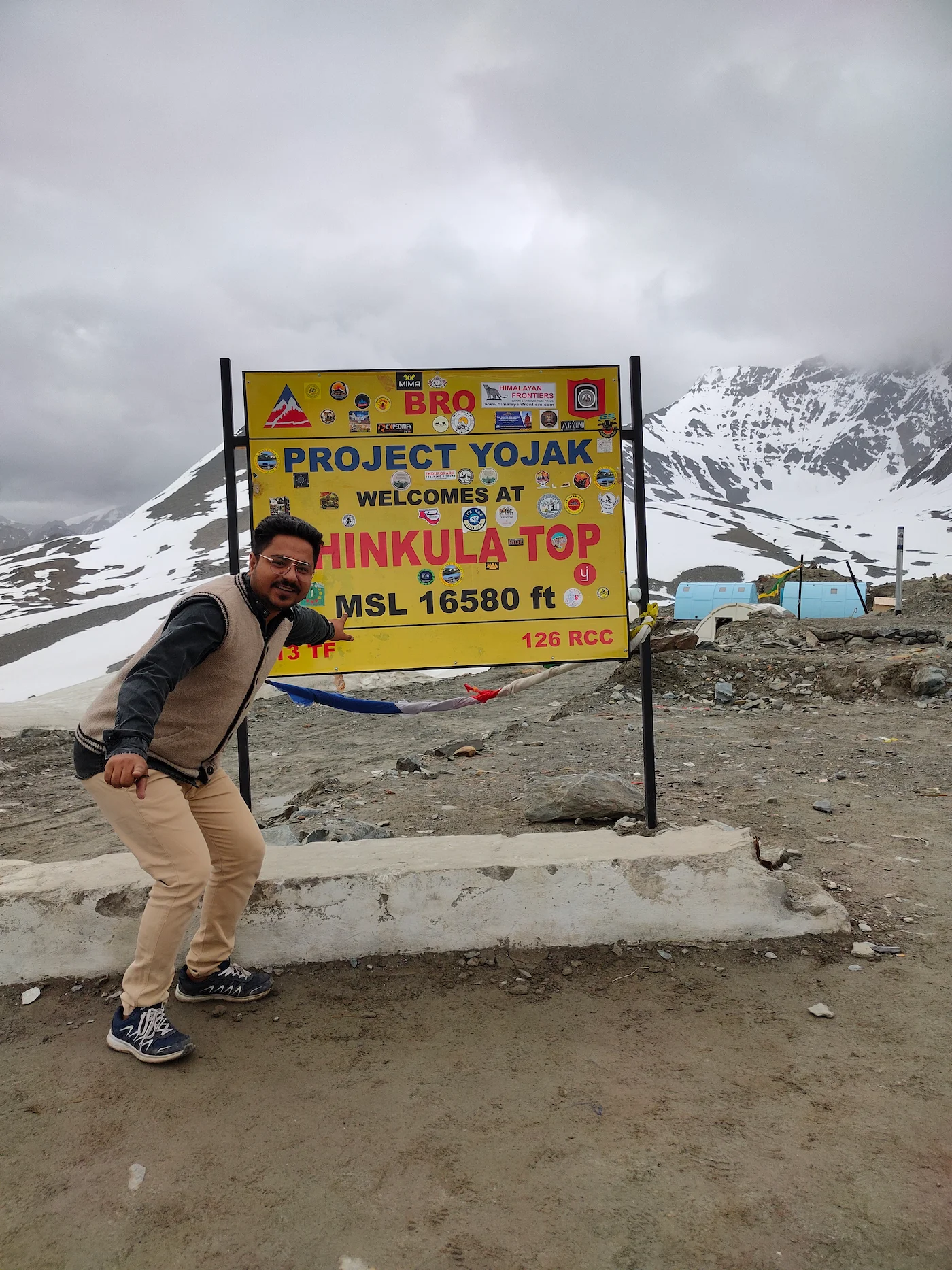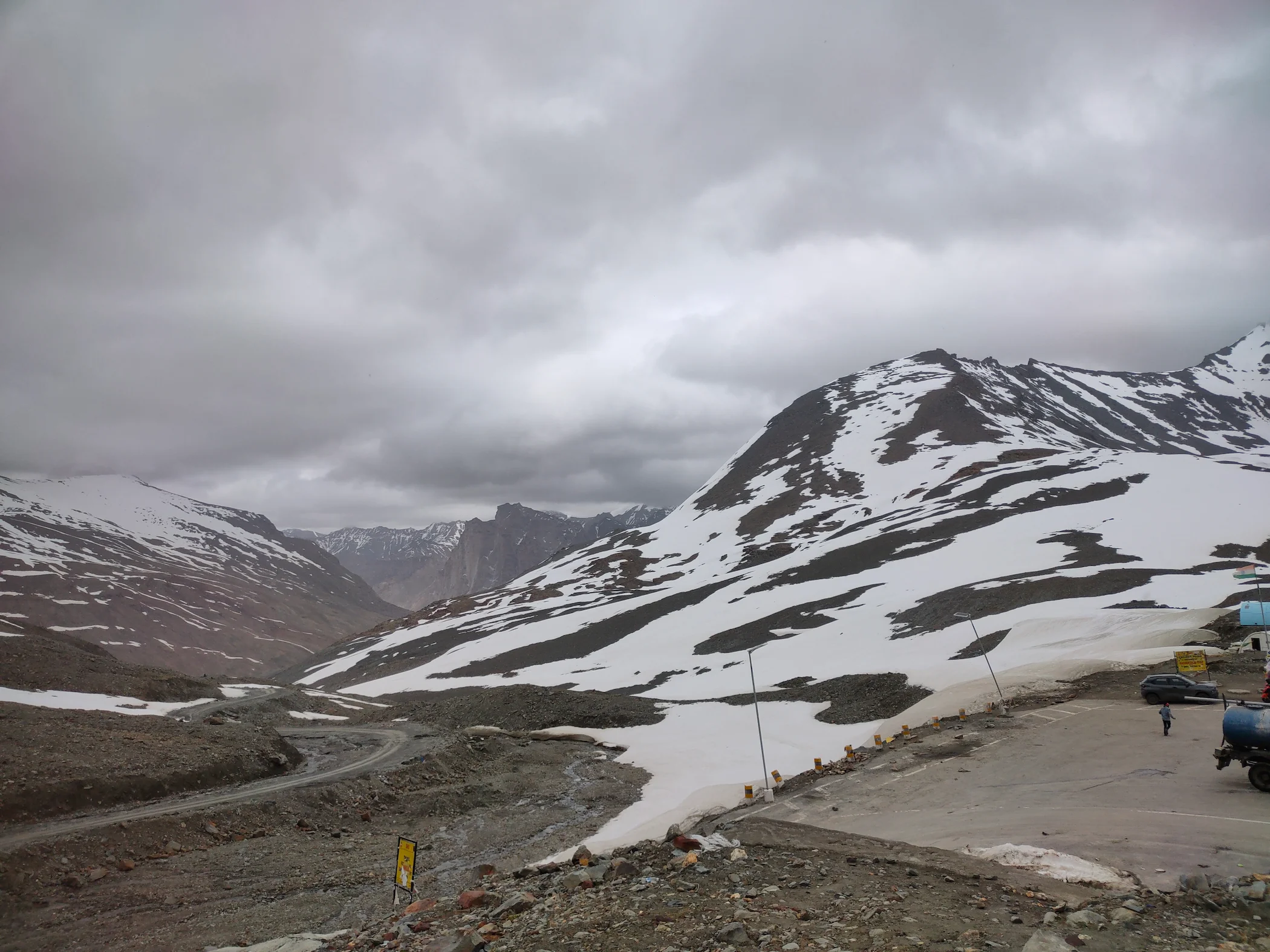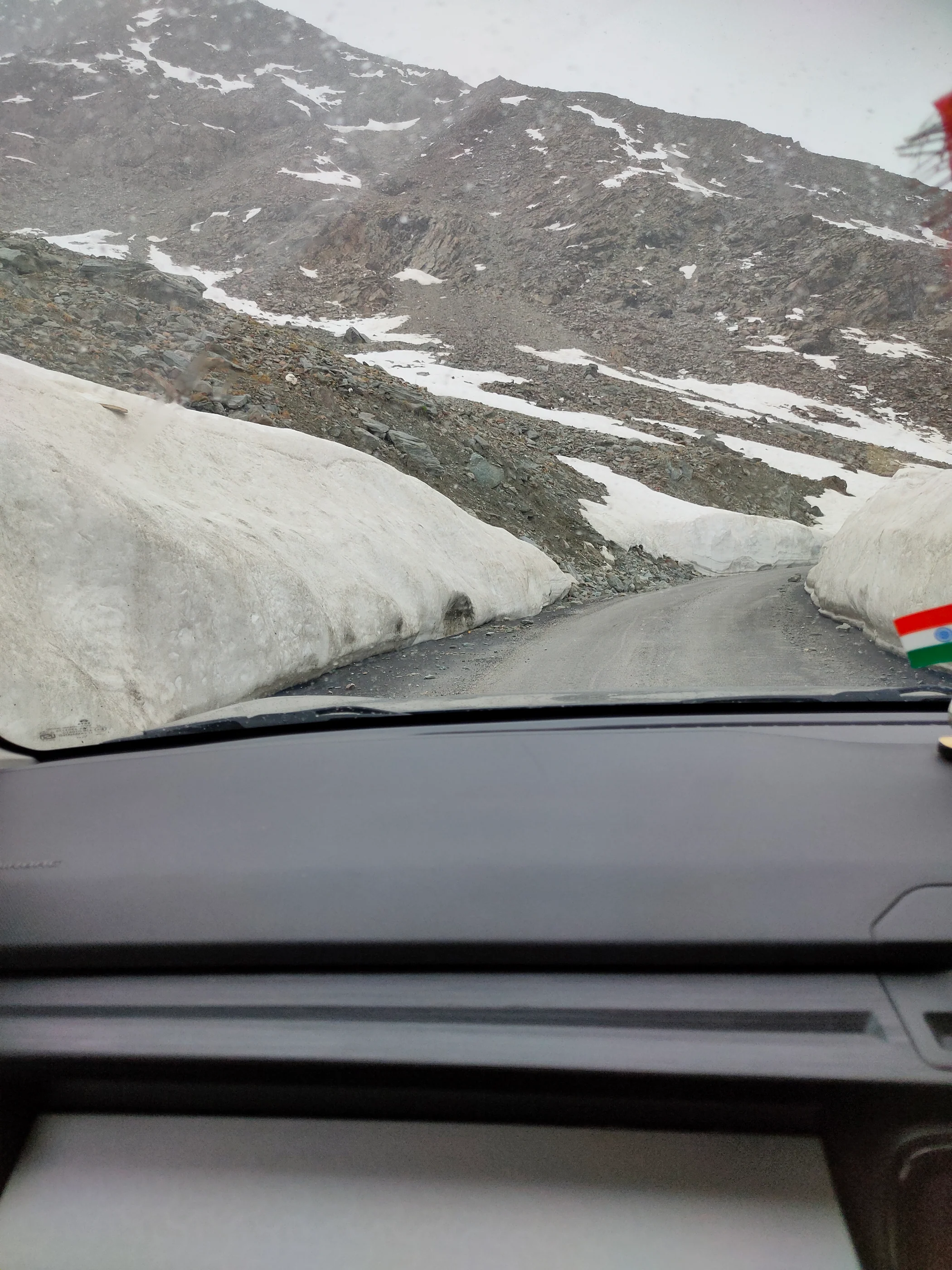Unleash Your Adventurous Spirit: Defeat the Manali Mountain Passes
- Arj the wanderer
- Jul 14, 2023
- 5 min read
A mountain pass refers to a route or path that allows for the crossing of a mountain range, providing access from one side of the mountains to the other. It is a gap or low point in the mountains, typically formed through natural erosion by rivers or glaciers over time. Mountain passes are significant features in terms of geography and transportation, as they enable travel and trade between different regions or valleys that would otherwise be separated by rugged and difficult terrain. These passes can vary in terms of elevation, width, and level of difficulty, and they can be either natural or artificially constructed. Mountain passes are often utilized for roads, hiking trails, and even railway lines, facilitating movement and opening up mountainous areas for exploration and recreational activities. They offer stunning views of the surrounding landscapes and can be destinations in themselves for outdoor enthusiasts and nature lovers.
Manali, located in the Indian state of Himachal Pradesh, is a picturesque hill station nestled in the Himalayas. It is a popular tourist destination known for its stunning landscapes, adventure activities, and serene beauty. One of the highlights of visiting Manali is the opportunity to explore the breathtaking mountain passes in the region. Here are a few notable passes in and around Manali:
Rohtang Pass: Situated at an elevation of 3,978 meters (13,050 feet), Rohtang Pass is one of the most famous passes near Manali. It connects Manali with the Lahaul and Spiti valleys and offers magnificent views of snow-capped peaks, glaciers, and pristine landscapes. Due to heavy snowfall, the pass is typically open from May to November. Visitors can enjoy activities like skiing, snowboarding, and snowball fights during the winter season.
Hampta Pass: Hampta Pass is a popular trekking destination near Manali. Situated at an altitude of 4,270 meters (14,011 feet), it connects the Kullu Valley with the Lahaul Valley. The trek takes you through lush green valleys, scenic landscapes, dense forests, and high-altitude meadows. The pass offers breathtaking views of snow-capped mountains and the opportunity to witness the dramatic changes in the terrain.
Shinkula Pass: Shinkula Pass (also known as Shingo La) is a mountain pass in India, on the state boundary between Ladakh and Himachal Pradesh. It connects the Lahaul region of Himachal Pradesh with the Zanskar region of Ladakh. The pass is located at an altitude of 5,091 meters (16,670 feet), and is the gateway to the Zanskar Valley. The pass is named after the Shingo River, which flows through the Zanskar Valley.
Baralacha Pass: While not directly accessible from Manali, Baralacha Pass is a notable high mountain pass located around 150 kilometers from Manali. Situated at an altitude of 4,890 meters (16,040 feet), it connects Lahaul and Ladakh regions. The pass offers awe-inspiring views of the surrounding mountains, including the Baralacha Range. It is a popular stopover for travelers embarking on the Manali-Leh Highway, a thrilling and scenic road trip.
Kunzum Pass: Another pass along the Manali-Leh Highway, Kunzum Pass is located at an elevation of 4,551 meters (14,931 feet). It offers stunning vistas of the Lahaul Valley and snow-capped peaks. The pass is adorned with prayer flags, and visitors often stop to offer prayers at the Kunzum Devi Temple located nearby. It is a significant route for pilgrims traveling to the Spiti Valley.
Chandrakhani Pass: Located at an elevation of approximately 3,660 meters (12,007 feet), Chandrakhani Pass is another exciting trekking route near Manali. The trek takes you through dense forests, picturesque meadows, and offers breathtaking views of the snow-clad peaks. It is a moderate-level trek that can be completed in three to four days, and it provides an opportunity to witness the beauty of the Parvati Valley.
Visiting mountain passes in India can provide an exhilarating and fulfilling experience for adventure enthusiasts and nature lovers alike. To ensure a safe and enjoyable trip, it is important to keep the following tips in mind:
Check the weather conditions: Before embarking on your journey, make sure to check the weather forecasts for the specific region you plan to visit. Mountain passes are susceptible to sudden weather changes, so it is crucial to be aware of any storms, heavy rainfall, or snowfall that might affect your trip. Avoid visiting during extreme weather conditions.
Choose the right time to visit: The best time to explore mountain passes in India is generally during the summer months (April to June) and autumn (September to November) when the weather is relatively stable. However, it is advisable to research the specific pass you intend to visit, as the optimal visiting time may vary based on its altitude. Note that some passes may be closed or inaccessible during winter due to heavy snowfall.
Prepare for altitude sickness: Mountain passes in India often reach high altitudes, which can lead to altitude sickness. To acclimatize yourself, spend a day or two in a nearby town at a lower altitude before ascending to the pass. Stay hydrated, avoid excessive physical exertion, and consider carrying altitude sickness medications as recommended by a medical professional.
Plan your route: Conduct thorough research on the pass you plan to visit and plan your route accordingly. Take note of the distance, road conditions, and any permits or permissions required. Utilize reliable maps or GPS devices to ensure you stay on the right track. Additionally, inform someone about your travel plans and estimated arrival times for added safety.
Ensure a reliable vehicle: If you are driving to the mountain pass, ensure that your vehicle is in good condition and suitable for mountainous terrain. Four-wheel-drive vehicles are preferred as they provide better traction and stability. Carry spare tires, a toolkit, and emergency equipment such as a tire inflator, jumper cables, and a first aid kit.
Pack essential supplies: Mountain passes often have limited facilities, so it is crucial to pack essential supplies. Carry an ample amount of food, water, and snacks to sustain you throughout the journey. Pack warm clothing as temperatures can significantly drop at higher altitudes, even during the summer months. Remember to bring a flashlight, extra batteries, and a portable charger for your electronic devices.
Take safety precautions: Mountain passes can present challenging and demanding conditions, so prioritize safety at all times. Drive cautiously, adhere to speed limits, and stay alert for sharp bends, narrow roads, and potential landslides. Follow any signage or instructions provided along the way. If you plan to trek or hike, inform someone about your plans and ensure you have suitable gear, including sturdy shoes, a map, and a compass.
Respect the environment: When visiting mountain passes, it is crucial to be environmentally conscious. Respect the local flora and fauna, avoid littering, and responsibly dispose of waste. Adhere to any rules or regulations established by local authorities or park management. Leave the area as you found it, preserving its natural beauty for future visitors.
Be mindful of local customs: If you come across local communities during your journey, respect their customs and traditions. Seek permission before photographing individuals or their properties, and engage with locals in a respectful manner. Take the opportunity to learn about their way of life and cultural practices, fostering a positive exchange.










Comments